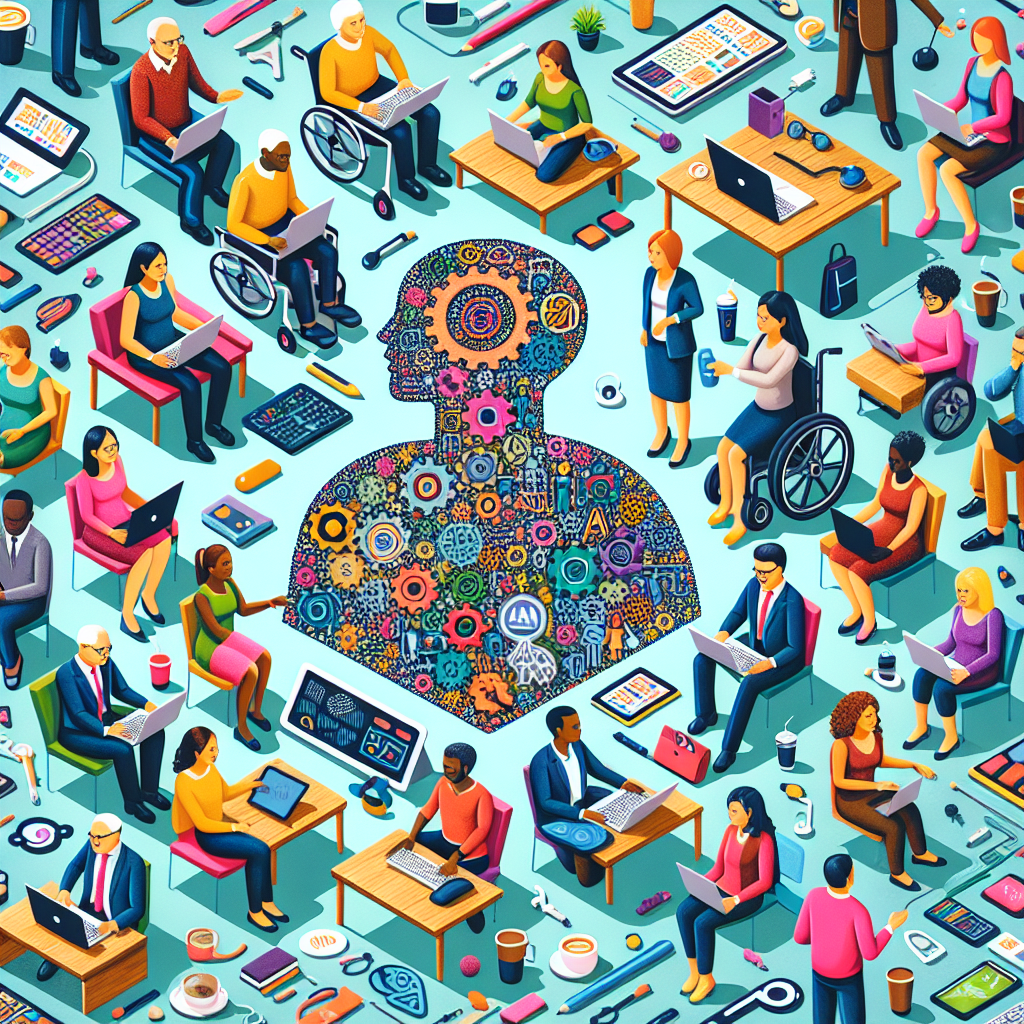Artificial Intelligence (AI) has been one of the most transformative technologies of the 21st century, with the potential to revolutionize industries, improve efficiencies, and enhance decision-making processes. However, despite its many benefits, AI has also been criticized for creating barriers to access for certain groups, such as those with limited technical knowledge or resources. Breaking down these barriers is crucial to ensuring that AI is accessible to all and can be used to its full potential.
One of the main barriers to AI access is the lack of technical knowledge and expertise required to implement and use AI systems. Many organizations, particularly small businesses and non-profit organizations, may not have the resources or expertise to develop and deploy AI solutions. This can prevent them from taking advantage of the many benefits that AI can offer, such as improved decision-making, increased efficiency, and enhanced customer experiences.
Another barrier to AI access is the high cost of AI technologies and services. Developing and implementing AI solutions can be expensive, requiring specialized hardware, software, and technical expertise. This can put AI out of reach for many organizations, particularly those with limited budgets or resources. Additionally, the ongoing costs of maintaining and updating AI systems can further strain limited resources, making it difficult for organizations to sustain their AI initiatives in the long term.
In addition to technical and financial barriers, there are also ethical and social barriers to AI access. AI technologies have the potential to perpetuate biases and inequalities, particularly when they are trained on biased data or used in ways that disadvantage certain groups. Ensuring that AI systems are fair, transparent, and accountable is crucial to building trust in AI and ensuring that it benefits everyone, not just a select few.
Breaking down these barriers to AI access is essential to ensuring that AI can be used to its full potential and benefit all members of society. By making AI more accessible, organizations can harness the power of AI to drive innovation, improve decision-making, and enhance customer experiences. This can lead to a more inclusive and equitable society, where everyone has the opportunity to benefit from the many advantages that AI has to offer.
There are several strategies that organizations can use to break down barriers to AI access. One approach is to provide training and education to help individuals develop the technical skills and knowledge needed to implement and use AI systems. This can include workshops, online courses, and other resources that can help individuals learn how to develop and deploy AI solutions in their organizations.
Another strategy is to reduce the cost of AI technologies and services, making them more affordable and accessible to a wider range of organizations. This can be achieved through partnerships with AI vendors, government subsidies, and other initiatives that help offset the costs of developing and implementing AI solutions. By making AI more affordable, organizations can ensure that even those with limited resources can benefit from the many advantages that AI has to offer.
Ensuring that AI systems are fair, transparent, and accountable is also crucial to breaking down barriers to AI access. This can involve developing ethical guidelines and best practices for AI development and deployment, as well as implementing mechanisms for monitoring and evaluating the impact of AI systems on different groups. By promoting ethical AI practices, organizations can build trust in AI and ensure that it benefits everyone, not just a select few.
In conclusion, breaking down barriers to AI access is essential to ensuring that AI can be used to its full potential and benefit all members of society. By providing training and education, reducing costs, and promoting ethical AI practices, organizations can make AI more accessible and inclusive, leading to a more equitable and prosperous society for all.
FAQs:
Q: How can organizations break down barriers to AI access?
A: Organizations can break down barriers to AI access by providing training and education, reducing costs, and promoting ethical AI practices. This can help individuals develop the technical skills and knowledge needed to implement and use AI systems, as well as make AI technologies more affordable and accessible to a wider range of organizations.
Q: What are some examples of organizations that have successfully broken down barriers to AI access?
A: Many organizations have successfully broken down barriers to AI access by providing training and education, reducing costs, and promoting ethical AI practices. For example, non-profit organizations like DataKind and AI for Good have helped organizations with limited resources develop and implement AI solutions. Additionally, companies like Google and Microsoft have developed tools and resources to help individuals learn how to use AI in their organizations.
Q: How can individuals benefit from breaking down barriers to AI access?
A: Individuals can benefit from breaking down barriers to AI access by gaining the technical skills and knowledge needed to implement and use AI systems. This can help individuals advance their careers, improve decision-making, and enhance customer experiences. Additionally, by promoting ethical AI practices, individuals can ensure that AI benefits everyone, not just a select few.

